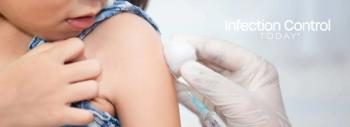
Technical Advances in Catheter Materials That Prevent Biofilm Formation are Needed for Prevention
Urinary tract infection (UTI) attributed to the use of an indwelling urinary catheter is one of the most common infections acquired by patients in healthcare facilities. As biofilm ultimately develops on all of these devices, the major determinant for development of bacteriuria is duration of catheterization. While the proportion of bacteriuric subjects who develop symptomatic infection is low, the high frequency of use of indwelling urinary catheters means there is a substantial burden attributable to these infections.
Catheter-acquired urinary infection is the source for about 20 percent of episodes of healthcare-acquired bacteremia in acute-care facilities, and more than 50 percent in long-term care facilities. The most important interventions to prevent bacteriuria and infection are to limit indwelling catheter use and, when catheter use is necessary, to discontinue the catheter as soon as clinically feasible. Infection control programs in healthcare facilities must implement and monitor strategies to limit catheter-acquired urinary infection, including surveillance of catheter use, appropriateness of catheter indications, and complications. Ultimately, prevention of these infections will require technical advances in catheter materials which prevent biofilm formation.
To read further from the review by Nicolle (2014) in Antimicrobial Resistance and Infection Control,
Reference: Nicolle LE. Catheter associated urinary tract infections. Antimicrobial Resistance and Infection Control 2014, 3:23 doi:10.1186/2047-2994-3-23
Newsletter
Stay prepared and protected with Infection Control Today's newsletter, delivering essential updates, best practices, and expert insights for infection preventionists.






